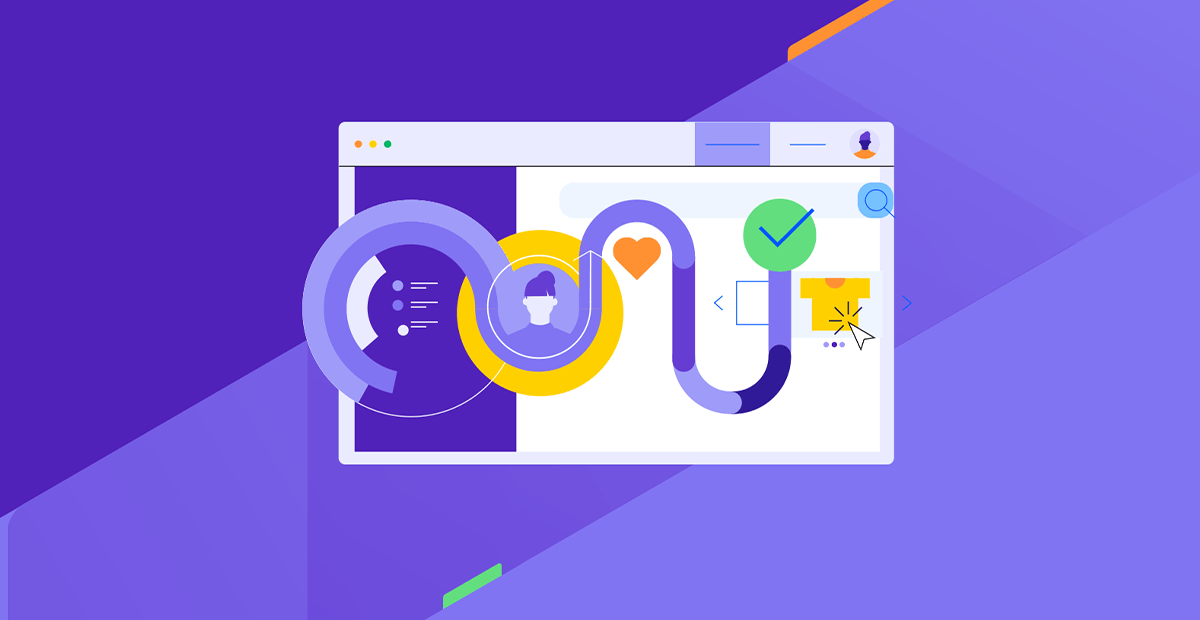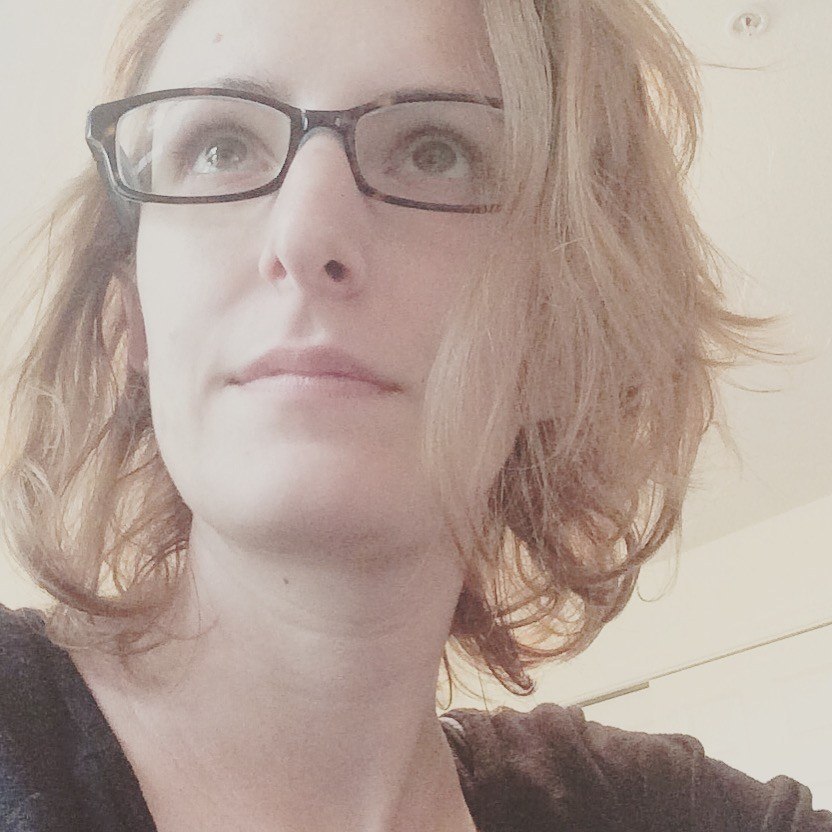A Look at the Technologies Transforming the Healthcare Industry

The decline of Telehealth 1.0 is a sign that the healthcare industry is due for a massive overhaul. See what sorts of technologies are paving the way and what designers and developers need to know about their applications.
If you’re currently designing or developing digital experiences for the health industry or want to find a way to break in, this post is for you. We’re going to take a look at why patients are demanding better technologies and how this is going to change the digital health experience in the years to come.
Transformation Is Needed in the Healthcare Industry
In a recent report out of the U.S., 42% of patients complained about how difficult it was to find a high-quality doctor. In addition, about a third reported poor experiences due to excessive wait times, while a quarter said it was difficult to schedule an appointment in the first place.
This is bad news as many people are struggling health-wise, with 55% reporting poor physical health and 57% poor mental health.
2020 seemed to provide a beacon of hope with telehealth services. With many patients having their first virtual health visit during this time period, people began to realize they could remove a lot of these obstacles to treatment with technology.
However, telehealth appears to be dying. At least the rudimentary form of telehealth that became more mainstream around 2020. It’s not because it isn’t needed anymore. It’s because consumers have started looking at the other innovative technologies they have—like in fintech—and wondered why the heck healthcare can’t get it together.
Even investors are moving away from telehealth according to Deloitte.
It’s not just telehealth that’s in the line of fire either.
For instance, patients want to know: Why do they continue to deal with stressful scheduling procedures? Far-out appointment dates? Annoyingly long wait times? Insufficient care? Difficult-to-obtain prescriptions? As well as a multitude of apps that each tackle just one itty bitty piece of their health?
Patients want and need better. They know it’s possible, too, with the kinds of tech being used in other industries.
The Future of Healthcare Technology
If you look at the types of innovations transforming other industries (like AI, AR and big data in fintech, you’ll see some overlap with healthcare. However, there are some very unique use cases for next-gen technologies in the health and wellness space.
Whether you plan on developing the technologies themselves or the websites and apps that promote the relevant services, here’s what kinds of healthtech trends you can expect to see in the coming years:
Virtual Reality
Virtual reality (VR) might be slow to take off in some other industries. However, there seems to be a valid case for it in both the training of healthcare professionals as well as in administering treatments to patients.
Let’s take a look at some examples.
Osso VR, for instance, is a platform built to train and evaluate surgeons on different procedures.

This type of VR platform would be especially useful for medical students. For those who’ve never performed a hands-on procedure before, they could get experience with it virtually. The tech could also be used to evaluate their skills, giving them analytics and insights to help them refine their technique as well as their understanding of procedures before practicing with real patients.
VR headsets aren’t necessary for this kind of technology to be valuable. Med students and physicians alike could view interactive VR situations and procedures from their personal devices.
Virtual reality is also proving to be useful in therapeutic treatments. Companies like XRHealth have developed solutions for various use cases.

With XRHealth, in particular, this virtual reality platform can help therapists accomplish a variety of tasks. For example:
- Treat patients with therapeutic environments based on disorder or trauma, like depression, stress or PTSD.
- Give patients a patient-led virtual space to relax and meditate.
- Provide distractions to patients during painful procedures.
- Improve patient mobility during physical and occupational therapy sessions.
Again, this type of technology doesn’t need to be offered via a headset or even during in-person treatment. Healthtech companies will be able to provide these virtual spaces and exercises from desktop and mobile apps as well, empowering patients to better manage their mental and physical health from home. Providers can be given access to monitor patient progress as well.
Gaming
Video games—specifically, mobile gaming—are becoming an increasingly popular solution in training and treatment, too. So for physicians or patients who don’t have access to VR hardware, can’t afford it or would prefer to interact with a touchscreen, video games offer a viable alternative.
Level Ex, for example, does something similar to Osso VR in providing digital training for healthcare pros. Only, this type of training is gamified.

The company makes a variety of mobile games, all available from the Google Play and Apple app stores. There are games for dermatology, cardiology, gastroenterology, pulmonology and anesthesiology.
Professionals play through different scenarios, complete puzzles, get tested on their knowledge and more. What’s more, medical pros can learn about new procedures and devices using these kinds of games. So, even if they haven’t encountered them in the field, they can start getting acquainted with them virtually.
Another way in which mobile games are being used in healthcare is in the treatment side of things.
EndeavorRx, for example, is a video game treatment for children that have ADHD.

This isn’t just a video game, it’s a treatment based on the way the human brain works. It is specifically designed to help improve attention and focus in children.
There are other ways in which gaming will come in handy in the treatment and ongoing care of patients. For example, I’ve been prescribed a sort of “game” for an eye condition I have. I wear 3D glasses and interact with the boxes I see on the screen. At the end of each biweekly session, I receive a score that shows me how well I did and how I performed based on previous games.
The only thing about these types of technologies is that they need to be developed based on science, have studies that prove their efficacy and also receive the right kinds of regulatory clearance before they can be used. That may be why it takes a bit longer for treatment-based games to become available.
Internet of Medical Things
I remember when the Internet of Things (IoT) was first talked about over a decade ago. This is one of those cases where the healthcare space continues to lag behind. But not for long.
The Internet of Medical Things (IoMT) refers to the online sharing of medical data across various devices. So as opposed to every app (or even medical facility) working in isolation, each gathering their own separate data on you, more and more of them are connected. It saves medical providers time, makes it easier on patients and helps both gather a more accurate picture about the patient’s overall health.
An example we’re all likely familiar with is the syncing of personal health data between mobile apps. Take, for instance, Asana Rebel. This is the app I use for yoga. But it doesn’t just provide me with yoga workouts, nutrition advice and the like.
Asana Rebel—like many other health apps—syncs up with personal health apps, fitness trackers and devices to aggregate relevant data in one place.

In the example above, you see this app can track my steps for me. It can also track my water intake, personal fitness goals and other data connected to my Google account. But it can only do this once it connects to my Android device.
Wearables like Fitbit and Apple Watch are another type of personal healthtech that are facilitating the move to the IoMT. Other wearable and compact devices enable patients to collect health data from home and on the move, and then transmit it to their healthcare provider for remote patient monitoring.
There are tons of other use cases for wearables and portable devices. For instance:
- Heart monitoring like KardiaMobile EKG
- Fertility tracking like Ava
- Sleep analysis like Withings sleep tracking mat
These kinds of devices are important for empowering patients to take control of their own health. From monitoring things like their heart rate to their blood sugar levels, patients can be more in tune with what’s happening with their bodies. It will also enable them to provide their healthcare providers with a more accurate picture of what’s going on when needed.
Telehealth 2.0
When Owen Tripp wrote about the death of Telehealth 1.0, he also discussed what the next iteration of these technologies would look like. You’ve seen some examples of them above.
Another scenario he predicted was this:
“The future of digital health is having virtual-first primary care, specialty care, behavioral health, and financial and administrative support all in one place, integrated and personalized to your needs. That’s the experience people need, want, and deserve, and it’s already here.”
He’s right. It is already here. However, unlike Telehealth 1.0 that became relatively well-known in the mainstream in 2020, I don’t think this form of telehealth has quite taken off yet.
There are a couple of good examples of this all-in-one telehealth concept that we can look at. One is Hims.

The purpose of this website is to provide male patients with private healthcare and personalized prescriptions without the hassle of:
- Finding a local provider
- Scheduling an appointment
- Waiting to be seen
- Visiting multiple specialists
- Waiting days or even weeks for a diagnosis
- Going to the pharmacy
All of it is handled quickly and conveniently online. Prescriptions can even be shipped directly to the patient.
While this website doesn’t offer medical treatments for all conditions, it does offer a technology-based solution for the kinds of conditions or symptoms that can readily be diagnosed and treated with an online consultation. And this is something that many patients can get on board with, seeing as how so many of them complain about the cumbersome process of seeing a medical professional in person.
Sesame is another telehealth website that is in the business of simplifying and digitizing healthcare.

Patients can use this website to find virtual and in-person services near them. And affordable ones at that.
What’s more, this website provides much more control over who the patient sees. Each telehealth provider has a page that’s set up a lot like an ecommerce product page. You see:
- Their headshot
- About section/bio
- Pricing
- Credentials
- Patient reviews
- Service details
- Related service providers
Patients can even book a day and time with the service provider right then and there. No need to go to another website or to call an office.
Telehealth 1.0 was basically equipping medical providers with a secure and compliant Zoom interface to talk to patients. Telehealth 2.0 will take these interactions to the next level, automating and simplifying the process wherever possible and offering patients and providers with a more streamlined and convenient booking process.
Wrapping Up
Whether you plan to develop these healthtech technologies or design the interfaces that promote them, there’s going to be a growing need for them in the future. The healthcare industry is due for an overhaul, and technologists are already beginning to make headway with these innovative, next-gen solutions.
The future of healthtech is in solutions that offer more personalized, accessible and convenient healthcare experiences. If you’re looking to get it on the ground floor of the healthtech revolution, get involved with VR, gaming, IoMT and Telehealth 2.0 to directly address the biggest pain points in healthcare today.

Suzanne Scacca
A former project manager and web design agency manager, Suzanne Scacca now writes about the changing landscape of design, development and software.
